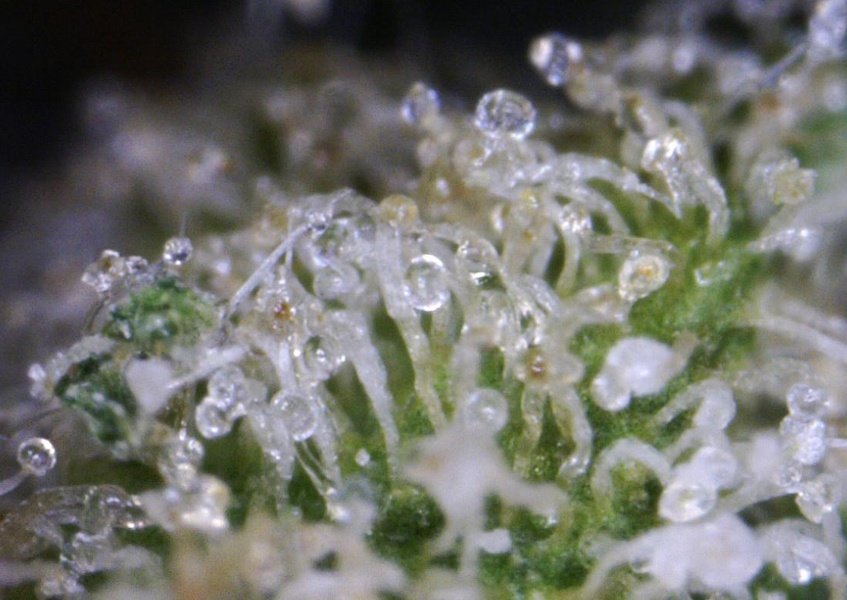Time for another round of funny and curious facts by @river-island!
We always tend to see plants as inanimate objects sitting in the background. What we don’t see is that they are actually sensing their environment, communicating with each other, actively changing it, and consciously moving in it. Here are just a few of some of the really interesting things about plants.

While growing, plants release specific nutrients the soil to promote the growth of beneficial bacteria as well as compounds which repel harmful bacteria. The good bacteria are essential actors in the nutrient cycle, helping make more nutrients available to plants. This exchange means plants get more nutrients and the good bacteria have a better habitat to live in.
Plants will also release nutrients to help fungi grow in the soil. Fungi are super efficient at getting locked up nutrients out of the soil as well as out of decomposing organic matter. But because they don’t photosynthesise, they can’t produce carbohydrates (sugars). So they will link up to tree and shrub roots to give them water and nutrients in exchange of carbohydrates. Fungi can connect entire forests together in this way, increasing their ability to withstand drought and extreme conditions more easily.

Plants can also react to predators, and even prepare themselves in anticipation of being eaten by predators. When attacked, a plant will release compounds in their leaves which make them less tasty and sometimes even toxic to the animals that eat them. These compounds will also be released into the air or through fungi which, when picked up by other plants, are an alert that predators are nearby, prompting them to prepare for an attack as well. In times of drought and overgrazing, some normally edible plants have killed off animals which ate them.

Not all compounds kill :)
Another crazy fact about plants is that they feel and see what goes on around them. Through their leaves, they can detect shadows and therefore ‘see’ where fixed objects are located. This allows runner beans, for example, to find branches and poles to grab onto and climb. Other plants have small tendrils which allow them to grab onto objects (like runner beans). But they will also fling their tendrils around to try and ‘feel’ any nearby objects they can latch onto. It might not seem like they’re moving but that’s just because they do it reaaaaally slowly. In fact, the only way to see most plants move is by filming them and speeding it up. Here’s a really good video which shows and explains all this:
Next time you're out in the wild, remember the forest is watching! :)
Sources
https://www.ncbi.nlm.nih.gov/pmc/articles/PMC3405699/
https://hal.archives-ouvertes.fr/hal-01608302
http://www.bbc.com/earth/story/20141111-plants-have-a-hidden-internet
https://www.wired.com/2013/12/secret-language-of-plants/
Here’s a Coursera course on plant communication.
https://fr.coursera.org/learn/plantknows/lecture/49oez/3-5-plant-communication-example-1

